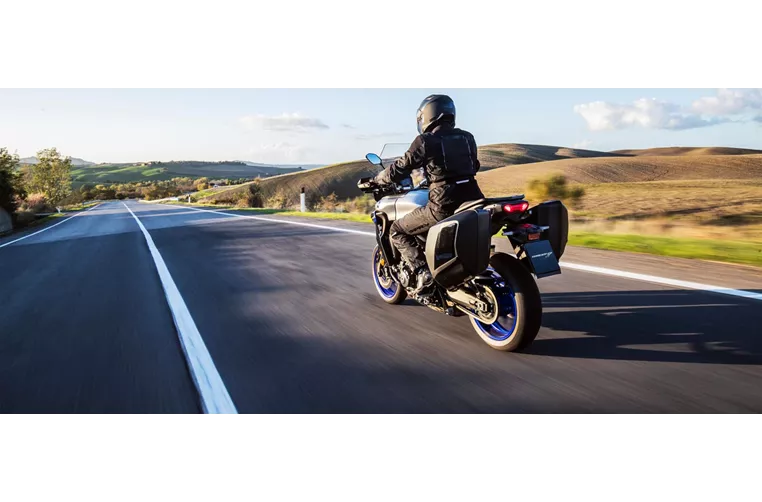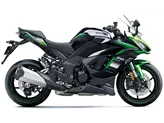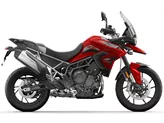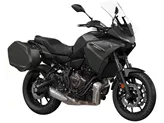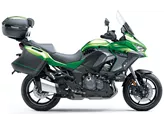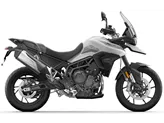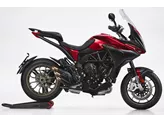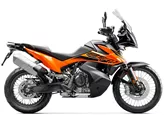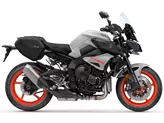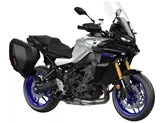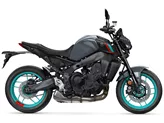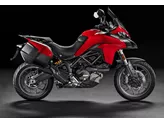Kawasaki Z1000SX 2019 vs. Yamaha Tracer 9 GT 2021

Kawasaki Z1000SX 2019
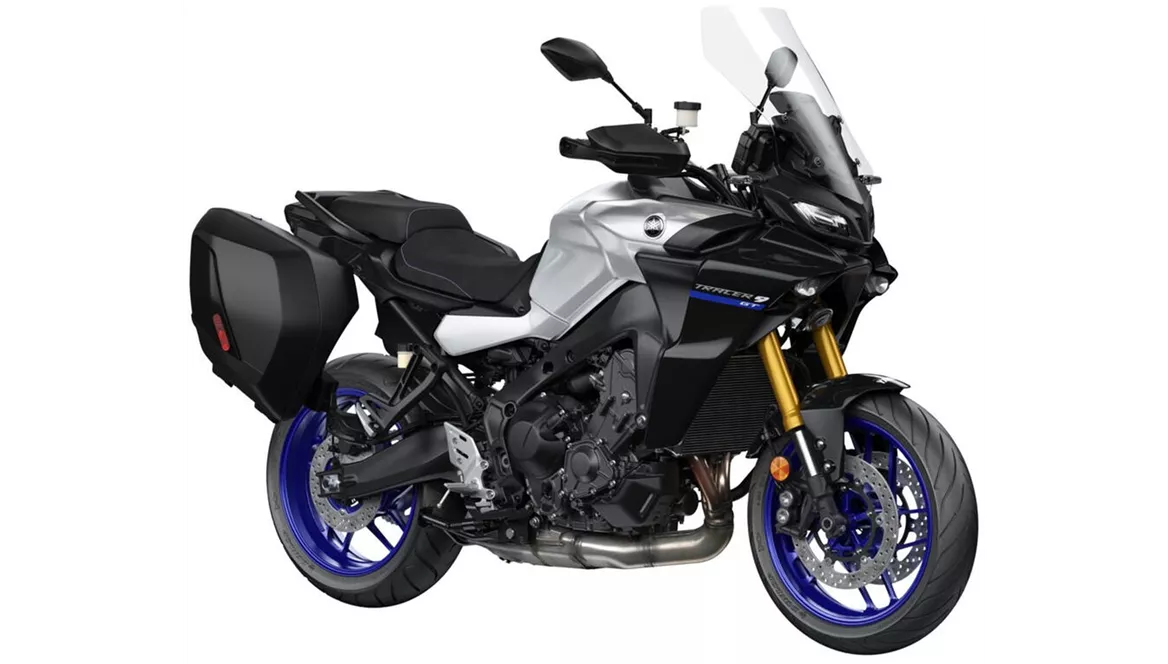
Yamaha Tracer 9 GT 2021
Overview - Kawasaki Z1000SX 2019 vs Yamaha Tracer 9 GT 2021
The Kawasaki Z1000SX 2019 and the Yamaha Tracer 9 GT 2021 are both sport touring motorcycles that offer a combination of sportiness and touring capabilities. However, there are several differences between the two models.
In terms of engine performance, the Kawasaki Z1000SX 2019 is equipped with an in-line four-cylinder engine that delivers 142 horsepower and 111 Nm of torque. On the other hand, the Yamaha Tracer 9 GT 2021 features an in-line three-cylinder engine with 119 horsepower and 93 Nm of torque. While the Kawasaki offers more power, the Yamaha has a more refined and powerful engine with great tuning.
Both motorcycles have a chain transmission and a 4-stroke engine. The Kawasaki has a displacement of 1043ccm, while the Yamaha has a slightly smaller displacement of 890ccm.
In terms of suspension, both motorcycles feature upside-down telescopic forks at the front and a monoshock at the rear. The Kawasaki has a front suspension travel of 120mm and a rear suspension travel of 144mm. On the other hand, the Yamaha has a front suspension travel of 130mm and a rear suspension travel of 137mm. Both motorcycles offer adjustment options for compression, preload, and rebound.

Kawasaki Z1000SX 2019
In terms of chassis, both motorcycles have an aluminum frame, which provides a good balance between rigidity and weight.
Both motorcycles are equipped with double disk brakes at the front, with the Kawasaki having a diameter of 300mm and the Yamaha having a diameter of 298mm.
In terms of advanced rider assistance systems, both motorcycles come with ABS and traction control. However, the Yamaha Tracer 9 GT 2021 offers a more comprehensive electronics package, including suspension that is electronically adjustable, cornering ABS, ride by wire, quickshifter, traction control, and anti-wheelie.
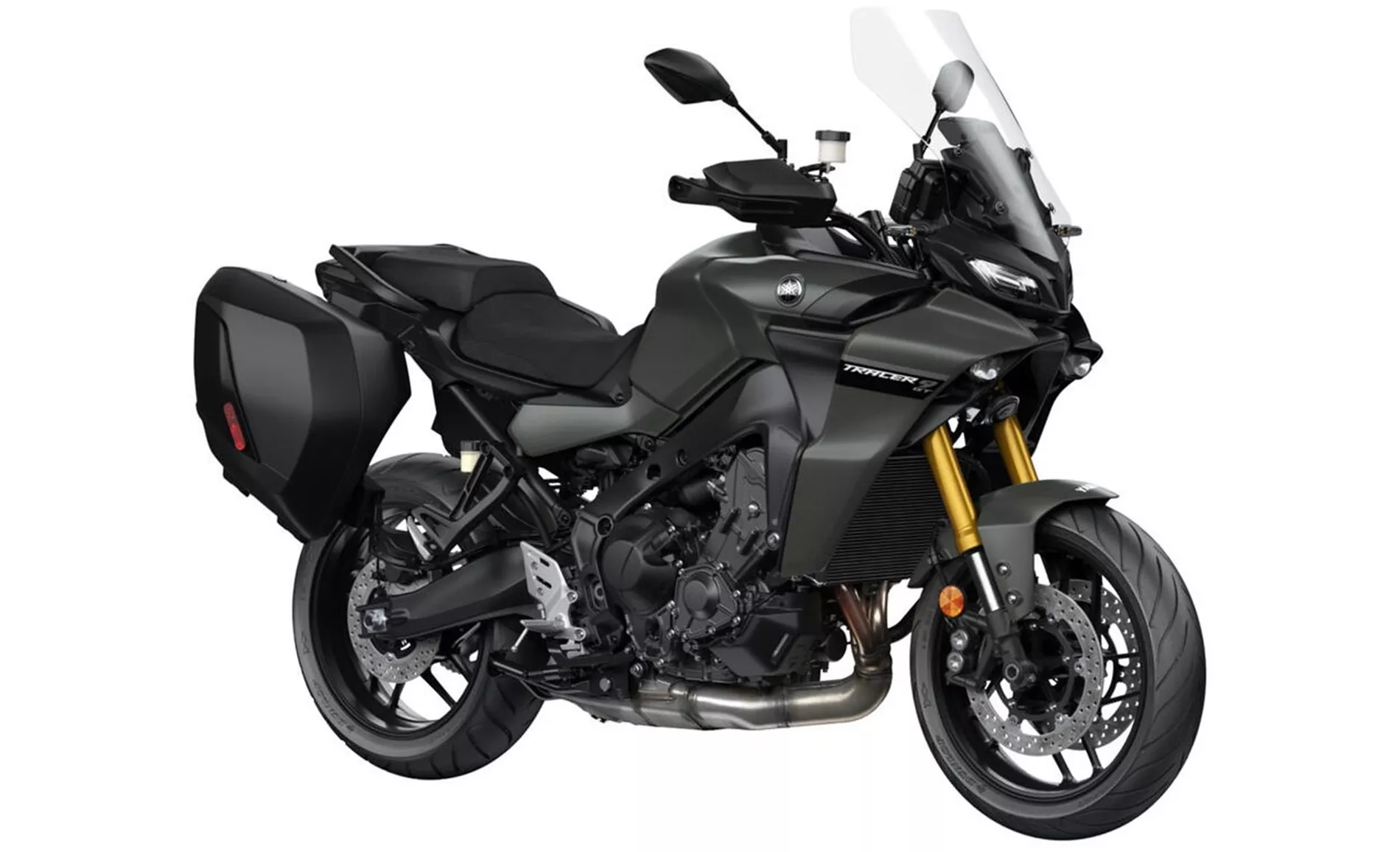
Yamaha Tracer 9 GT 2021
In terms of dimensions and weights, the Kawasaki has a wheelbase of 1440mm, a seat height of 815mm, and a kerb weight (with ABS) of 235kg. The Yamaha has a slightly longer wheelbase of 1500mm, a slightly lower seat height of 810mm, and a slightly lighter kerb weight (with ABS) of 220kg. Both motorcycles have a fuel tank capacity of 19 liters.
In terms of strengths, the Kawasaki Z1000SX 2019 offers a noticeable increase in power compared to the Versys 1000, a sensitive in-line four-cylinder engine that can be dosed in a controlled manner, and is considered the price-performance winner among the tested sports touring bikes. It also provides an ideal compromise between sportiness and touring capabilities. On the other hand, the Yamaha Tracer 9 GT 2021 has the strengths of being a GT variant with great standard equipment, a powerful and powerful engine with great tuning, easy handling, stable ride, a comprehensive electronics package, great e-chassis, good wind protection, great pillion comfort, and a long range.
In terms of weaknesses, the Kawasaki Z1000SX 2019 is considered to be electronically rather rudimentary, and its instruments are not optimally readable in direct sunlight. On the other hand, the Yamaha Tracer 9 GT 2021 has the weaknesses of having a poorly readable and illogical display, stationary noise above 95 dB, a somewhat rough clutch, and moderate responsiveness.
Overall, both the Kawasaki Z1000SX 2019 and the Yamaha Tracer 9 GT 2021 are capable sport touring motorcycles with their own strengths and weaknesses. The choice between the two would depend on the rider's preferences and priorities in terms of engine performance, electronics package, and overall riding experience.
Technical Specifications Kawasaki Z1000SX 2019 compared to Yamaha Tracer 9 GT 2021
Pros and Cons in comparison
Pros and Cons in comparison
Kawasaki Z1000SX 2019

The nakedbike genes of the original Z1000 have fortunately been retained in the right areas, but the bike has been consistently tuned for touring suitability. An adapted seating position with a clearly comfortable seat (also and especially for the pillion rider), a finely controllable engine and sufficient wind protection provide the optimal basis for long, extensive and not least sporty rides. The rather compact knee angle might cause some of you to take an early break on long rides. In return, however, you get an upright riding position in which you can freely develop your upper body. The Z1000SX is a reduced to the essential touring bike with a top price-performance ratio! One thing in particular stood out: you don't always have to have all the electronic "helpers" on board to create a sporty bike that rides very well - a TOP sports tourer at a favourable price compared to the other two bikes!
Yamaha Tracer 9 GT 2021
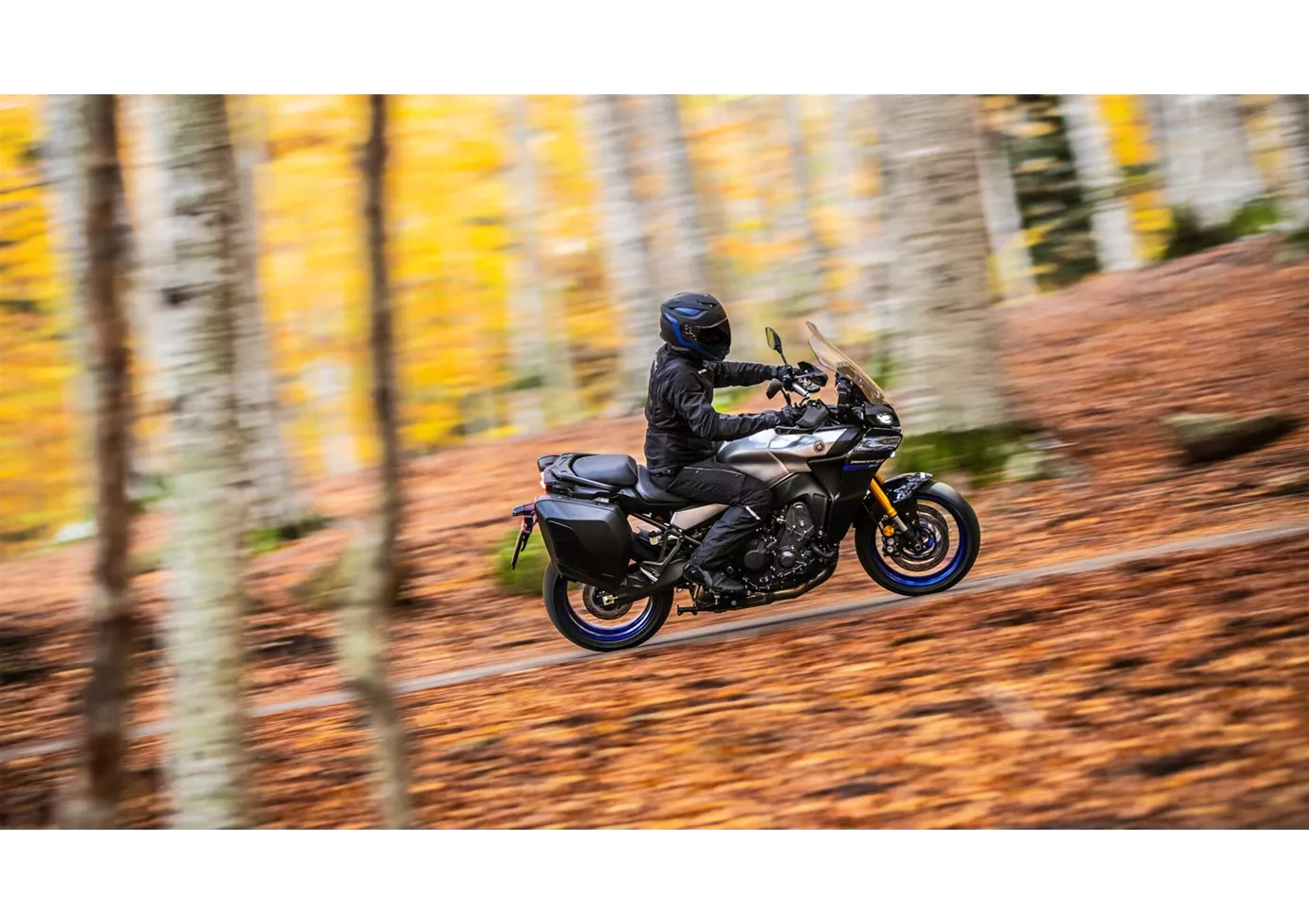
Yamaha impressively proves how wonderfully emotional a practical motorbike can be. Again and again you laugh mischievously into your helmet when you let the husky three-cylinder off the leash. An all-round successful motorbike that can replace half a motorbike garage. Unfortunately, the attempt with the unconventional display was a failure. It is impractical and difficult to read.
Price Comparison Avarage Market Price Kawasaki Z1000SX vs Yamaha Tracer 9 GT
There are a few key differences between a Kawasaki Z1000SX 2019 and a Yamaha Tracer 9 GT 2021. In terms of price, the actual average price of a Yamaha Tracer 9 GT 2021 is about 22% higher. A Kawasaki Z1000SX 2019 experiences a loss of 260 GBP in one year of ownership. This is offset by a loss of 400 GBP for a Yamaha Tracer 9 GT 2021. Compared to Yamaha Tracer 9 GT 2021 there are less Kawasaki Z1000SX 2019 bikes available on the 1000PS.de Marketplace, specifically 11 compared to 25. It takes less time to sell a Yamaha Tracer 9 GT with 84 days compared to 115 days for the Kawasaki Z1000SX. Since model year 2011 1000PS.de editors have written 14 reviews for the Kawasaki Z1000SX and 17 reviews for the Yamaha Tracer 9 GT since model year 2021. The first review for the Kawasaki Z1000SX was published on 05/10/2010 and now has more than 9,900 views. This compares to more than 61,200 views for the first review on Yamaha Tracer 9 GT published on 08/11/2020.

